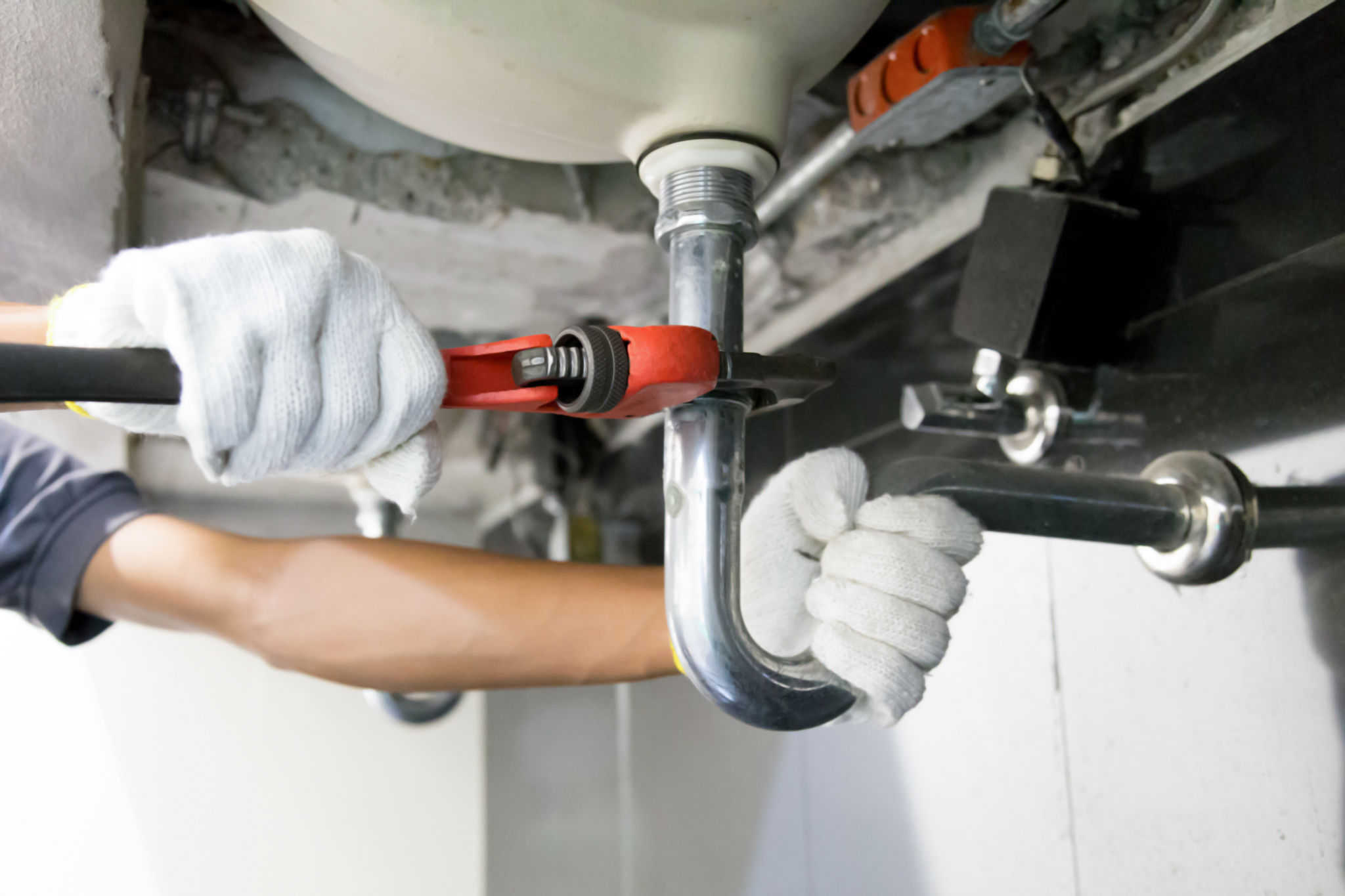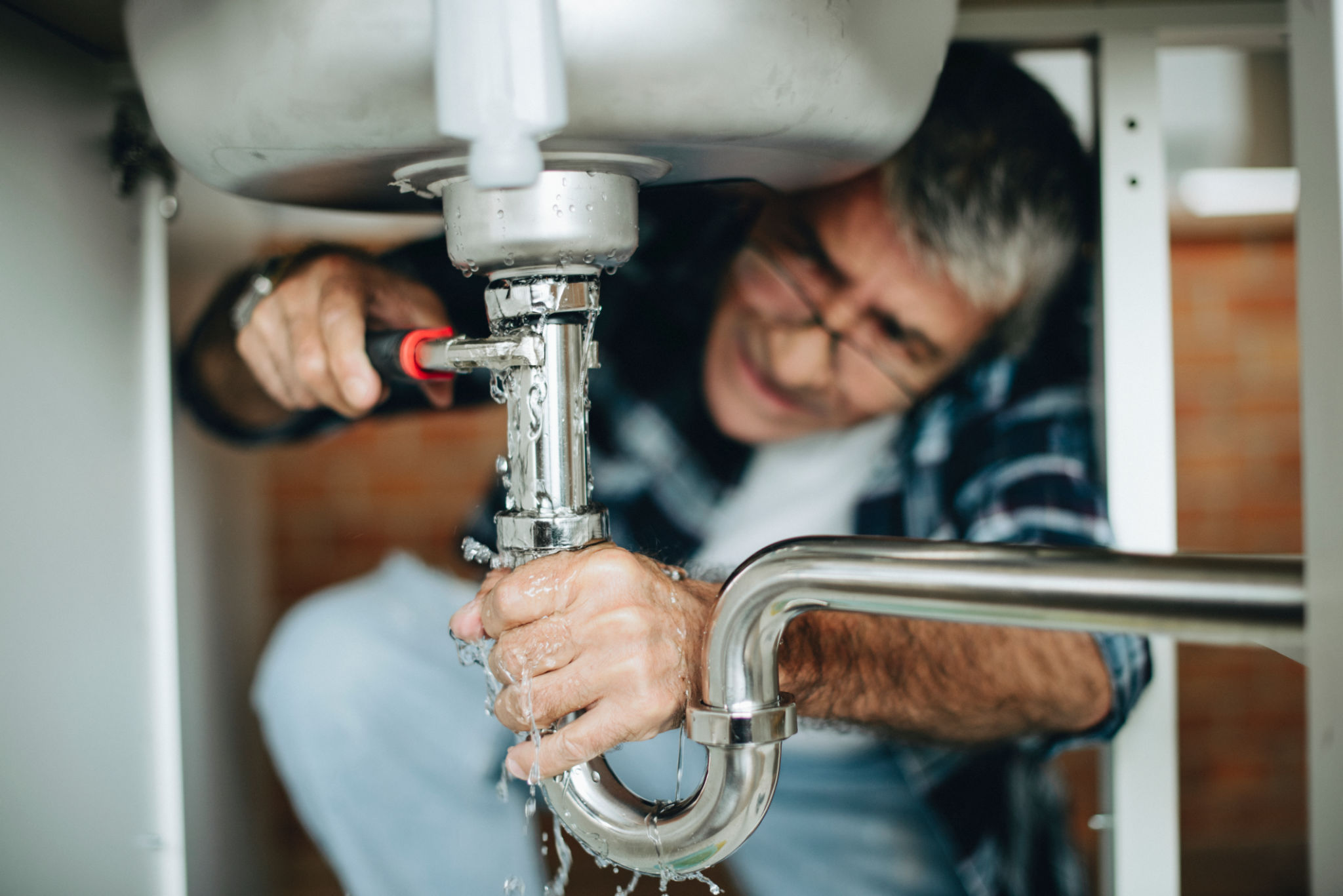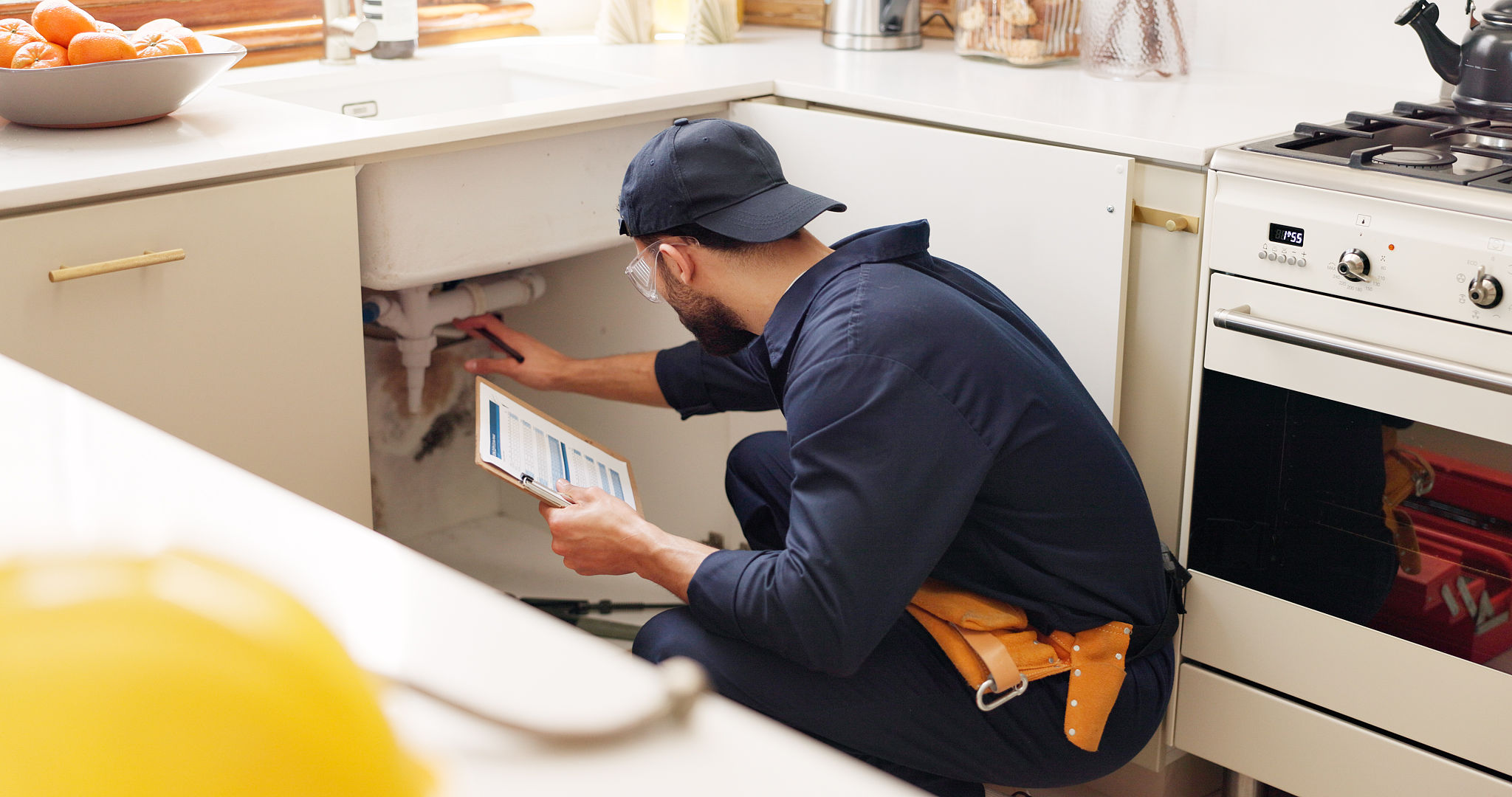Understanding Ohio Plumbing Regulations: What Homeowners Need to Know
HG
Introduction to Ohio Plumbing Regulations
Understanding plumbing regulations is crucial for homeowners in Ohio to ensure their plumbing systems are compliant and safe. These regulations are in place to protect residents, the environment, and the infrastructure of the state. Whether you're upgrading your system or starting a new construction project, knowing these rules can save you time and money.

The Basics of Ohio Plumbing Codes
The Ohio Plumbing Code sets minimum standards for the design, installation, and maintenance of plumbing systems in residential, commercial, and public buildings. These codes are designed to ensure the safety and health of building occupants by preventing issues like water contamination and system failures.
Homeowners should familiarize themselves with these regulations, especially when planning renovations or new installations. Key areas governed by the code include water supply systems, drainage facilities, and fixture installation.
Licensing Requirements for Plumbers
In Ohio, plumbers must be licensed to legally work on plumbing projects. This ensures that they have received appropriate training and understand the state's plumbing codes. Homeowners should always verify the licensing of any plumber they hire to ensure compliance with state regulations.

Permits and Inspections
Before undertaking any significant plumbing project, homeowners are usually required to obtain permits. These permits serve as an agreement that the proposed work will meet local building codes and standards. Failing to secure the necessary permits can result in fines and complications with future property sales.
Once work begins, inspections are typically required at various stages to ensure compliance. These inspections help identify any potential issues early on, which can prevent costly repairs down the line.
Common Plumbing Violations
While most homeowners aim to comply with Ohio's plumbing regulations, some common violations occur. These include improper installation of backflow prevention devices, incorrect pipe materials, and inadequate venting systems. Being aware of these common pitfalls can help homeowners avoid them.

Water Conservation Regulations
Ohio has implemented water conservation measures as part of its plumbing codes to help preserve natural resources. Homeowners are encouraged to use water-efficient fixtures and appliances, such as low-flow toilets and faucets. These measures not only comply with state regulations but also reduce utility bills.
Adopting water-saving practices is beneficial for both the environment and your wallet. Many local utilities offer incentives for upgrading to water-efficient models, making it easier for homeowners to comply with these regulations.
Conclusion: Staying Compliant
Understanding and adhering to Ohio's plumbing regulations is essential for any homeowner looking to maintain or improve their property's plumbing system. By staying informed about the latest codes, securing proper permits, and hiring licensed professionals, you can ensure your home remains safe and compliant.
Regular inspections and proactive maintenance can further safeguard against potential violations and costly repairs. Remember, compliance not only protects your home but also contributes to a safer community.